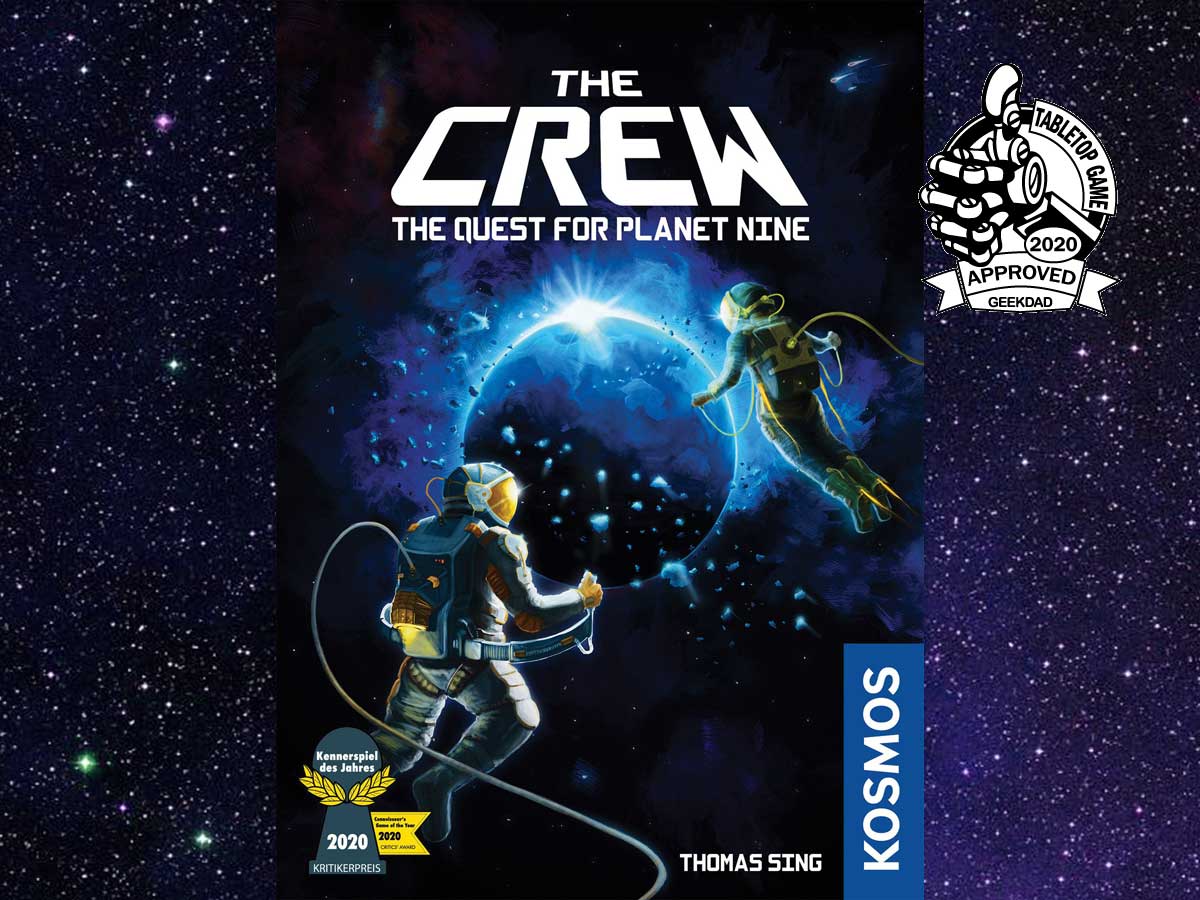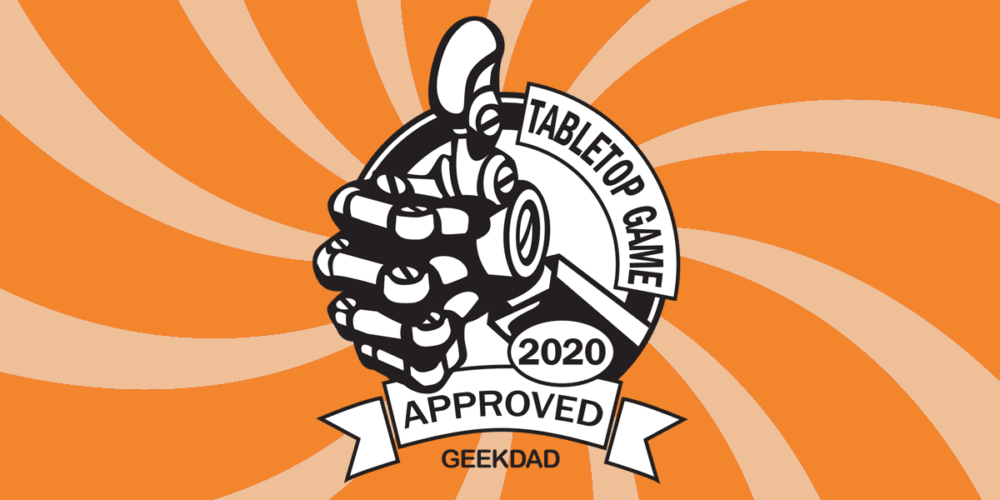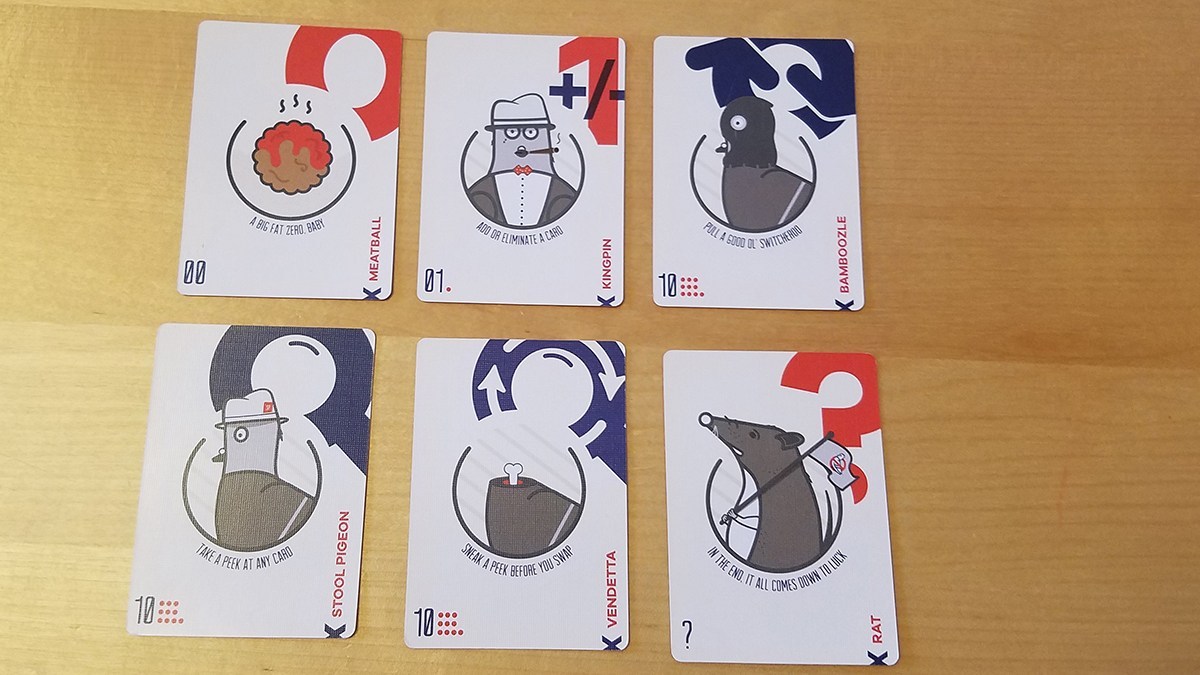Join The Crew and search for a hypothesized ninth planet in our solar system. There are a lot of tasks to complete in order to fulfill our mission, but, fortunately, there aren’t any imposters among us.
What Is The Crew: The Quest for Planet Nine?
The Crew: The Quest for Planet Nine is a cooperative trick-taking game for 2 to 5 players, ages 10 and up, and takes about 20 minutes per mission to play. It retails for $14.95 and is available now in stores and online. The game uses fairly classic trick-taking rules, so if your kids can handle games like Spades, then they can probably manage this one, though it does require a bit more ability to figure out what cards other players have. The sci-fi theme doesn’t have anything inappropriate for younger kids. There are special rules included for playing with 2 players, though it is recommended with 3 or more.
The Crew: The Quest for Planet Nine was designed by Thomas Sing and published by Thames & Kosmos, with illustrations by Marco Armbruster.
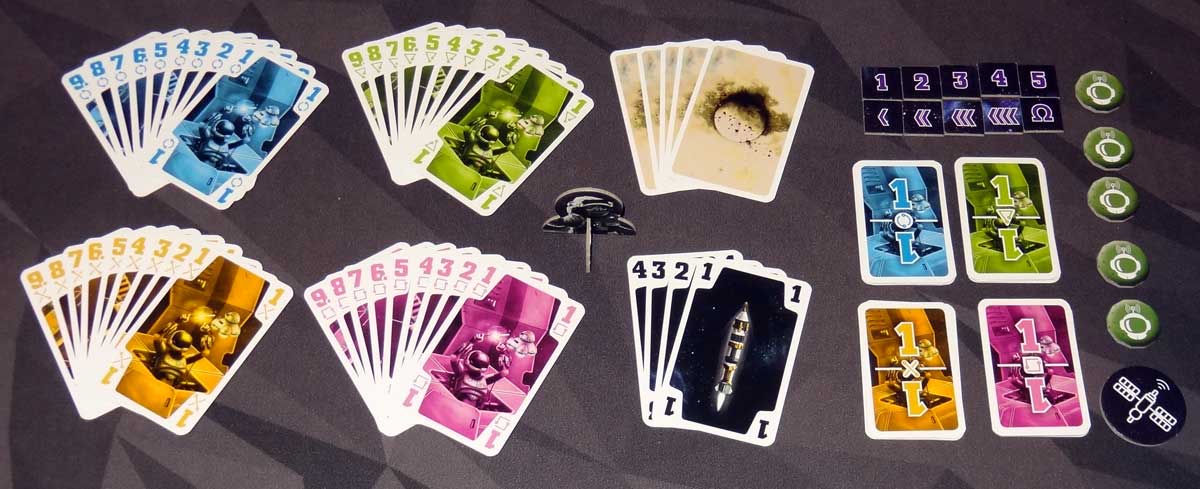
The Crew: The Quest for Planet Nine Components
Here’s what comes in the box:
- 36 Color cards (values 1 to 9 in each of 4 colors)
- 4 Rocket cards (values 1 to 4)
- 5 Reminder cards
- 36 Task cards (value 1 to 9 in each of 4 colors)
- 10 Task tokens
- 5 Radio Communication tokens
- 1 Distress Signal token
- 1 Commander standee
- Logbook (not pictured above)

The color cards, rocket cards, and reminder cards are all standard sized playing cards, and the task cards are half-sized cards. The color cards are in four different colors (yellow, green, pink, blue). Each number has its own drawing of astronauts doing various tasks; these illustrations are also repeated on the task cards. Each of the colors has its own icon, so color-blind players will be able to distinguish them easily. Also, left-handers rejoice: the cards have the number and color icon in all four corners of the card, so you can see your hand no matter which direction you splay the cards!

The card illustrations by Marco Armbruster are a lot of fun—there are amusing details on many of the cards. For instance, the 2 cards show an astronaut holding a tablet displaying the number “42”; there’s a towel clipped to the belt, and the backpack looks a little bit like a sad robot. The 8 cards have astronauts pulling a cylinder from a machine that has a glowing cube in it that looks a bit like the Tesseract from the Marvel Cinematic Universe. These are all incidental details that don’t affect gameplay but are entertaining if you happen to look more closely at your cards.
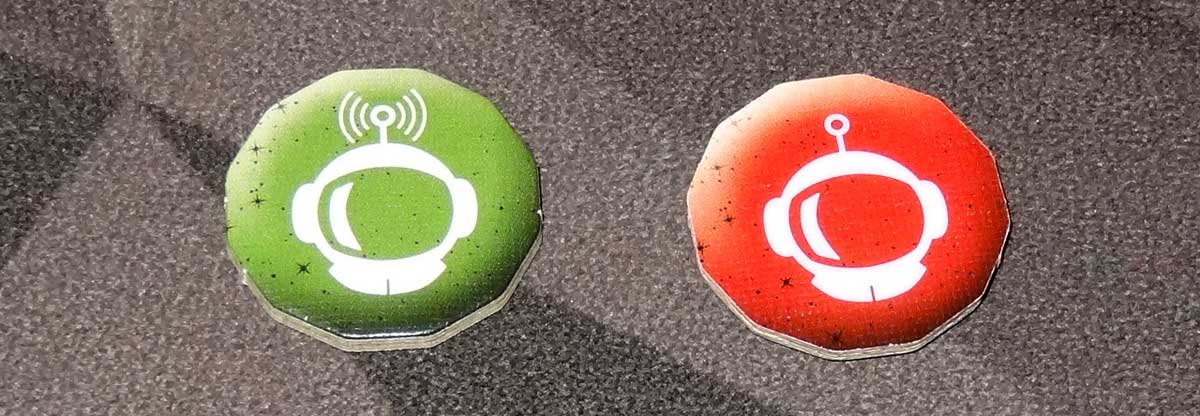
The cardboard components are fine—nothing super exciting, but functional. The radio communication tokens are small round-ish discs, green on one side and red on the other, with an icon of an astronaut helmet. It’s also nice that the green side has radio waves emitting from the antenna and the red side does not, another dual-encoding for color-blind players that also makes the token’s meaning intuitive. The task tokens are simple square tokens with various numbers or symbols on them—again, nothing fancy, but they do the job.
Overall, that’s a good description of the components themselves: they’re not fancy (though the illustrations are fun), but they work well and include functional details like the color icons. It shows that you don’t necessarily need a lot of complicated components to create an engaging experience.
How to Play The Crew: The Quest for Planet Nine
You can download a copy of the rulebook here.
The Goal
The Crew is played over the course of 50 “missions”—you can play them in order and use the logbook to keep track of the number of attempts it takes you to complete the entire journey, or you can simply skip around and play individual missions as desired. The goal of each mission is to complete a certain number of tasks, typically involving a specific player taking a specific card in a trick, though some missions have different types of tasks.
Setup
Shuffle the color cards and the rocket cards together, and deal out all the cards to the players. (In a 3-player game, you can also play a variant where you remove one suit and the “1” rocket so that everyone will have the same number of cards.) Give each player a radio communication token, placed green-side-up. The player who was dealt the “4” rocket takes the commander token. Set the reminder cards to the side, as well as the distress signal token, face-down.
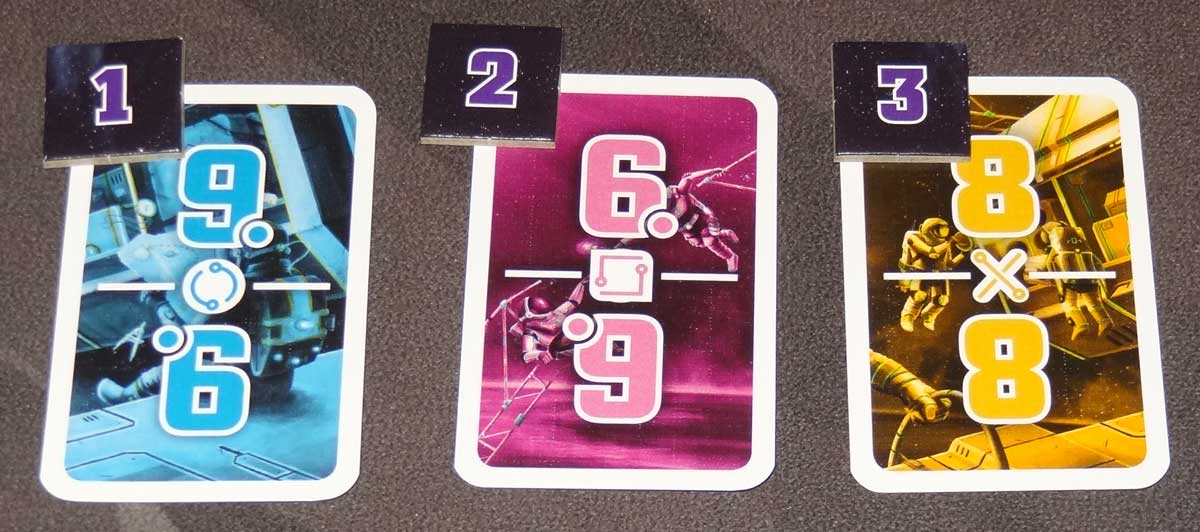
Shuffle the task cards, and draw a number of task cards according to the mission listed in the logbook. Sometimes there are task tokens shown: if so, set those task tokens in a row, and then draw task cards and place one below each token.
Starting with the commander and going clockwise, each player will choose a task card (with token, if applicable) and place it in front of them, face up. Continue until all task cards are taken—not everyone will always have the same number of tasks. Some missions will have additional instructions, such as whether the commander must assign tasks instead of allowing players to choose them, or that communication tokens are restricted.
Trick-Taking
We’ll start with an introduction to trick-taking, in case you’re not familiar with the genre. The Crew follows most of the classic trick-taking rules:
- For each trick, each player will play one card from their hand in turn order.
- You must play a card of the same color (suit) that started the trick if possible—this is called “following suit.”
- If you have no card of the starting color, you may play any card.
- The winner is the hand that played the highest rocket (trump) card; if no rockets were played, the winner is the hand that played the highest card of the starting color.
- If you don’t follow suit and don’t play a rocket card, then you will not win the trick, regardless of how high your card is.
- When a trick ends, the cards are cleared away for the next trick (in this case, placed in a discard pile).
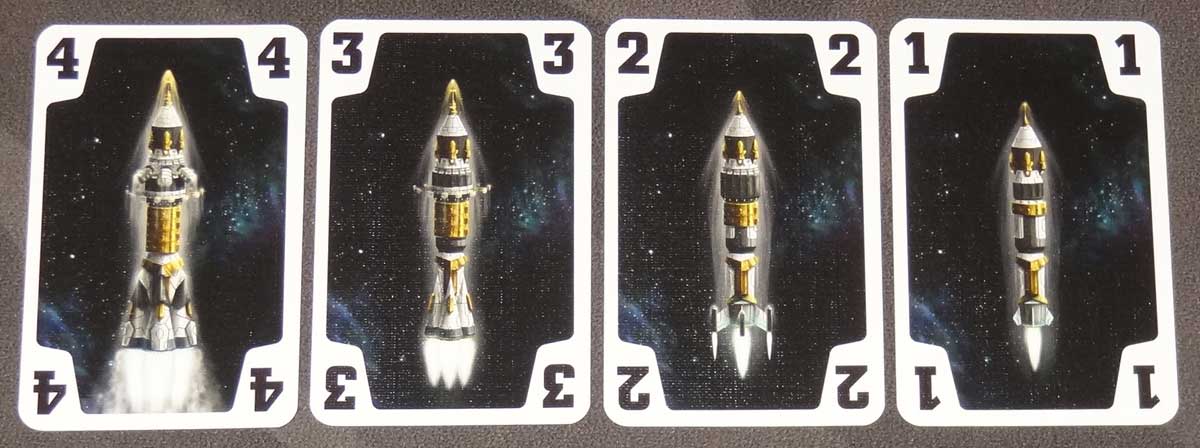
Gameplay
The commander begins the first trick; in subsequent tricks, the player who won the previous trick will start.
Each task card indicates that the player who has it must win the trick that includes that suit. So, if you have the task card showing the yellow 6, you win the trick that includes the yellow 6, regardless of whether you or another player plays that card. The task tokens, if any, indicate the order in which tasks must be completed. Numbered tokens mean that the tasks must be completed in that order (first through fifth), and the omega token means that task must be the last one completed. The chevron tokens (with 1 to 4 chevrons) mean that those tasks must be completed in that order, but that tasks without tokens may be completed at any time before, after, or in between them.

Although this is a cooperative game, you are not typically allowed to tell other players what cards you have in your hand. Your radio communication token may be used once per mission for some limited communication. In between tricks (and after tasks are assigned), you may place a card from your hand face-up on the table, and put your token on it to communicate the following:
- At the top of your card: this is your highest card of that color
- At the bottom of your card: this is your lowest card of that color
- In the center of your card: this is your only card of that color
If your card isn’t the highest, lowest, or only card of the color, you may not communicate about it. You also may never communicate about your rocket cards.
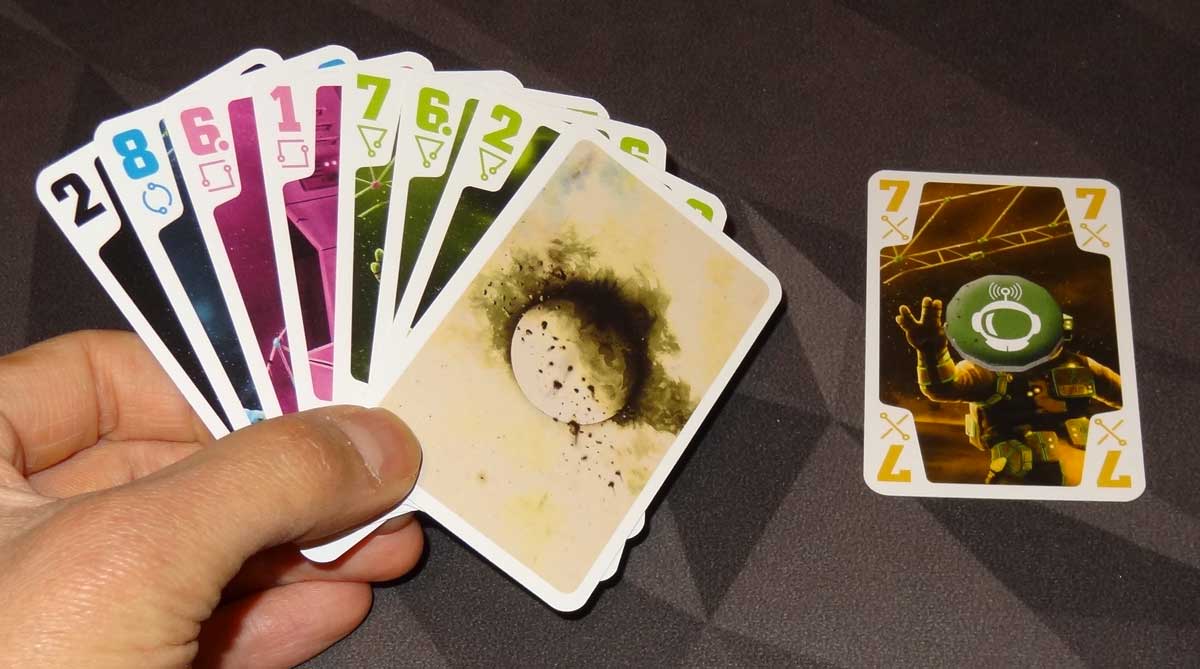
After communicating, pick up one of the reminder cards and put it in your hand. That’s just there to remind you that one of your cards is on the table and not in your hand. When you play the card from the table, flip your radio communication token to the red side, and discard the reminder card.
If you need extra help, you can use the distress signal. As a group, you can decide that you want to call for help after dealing the cards and tasks but before any player uses their communication token: flip the distress signal token face-up. Each player must now pass one card to the right or the left (everyone decides together one direction to pass cards). The distress signal is active for the rest of this mission, so if you fail the mission and attempt it again, it is still active. The distress signal will count as an extra attempt for that mission in your logbook.
Mission End
As soon as you complete all of the assigned tasks, the mission is over and is completed. However, if at any time somebody wins a trick that includes a task assigned to another player (or if a task is completed in the wrong order), the mission fails and the game is over. Some missions will require you to continue playing tricks until everyone is out of cards, but most of them only require you to complete the assigned tasks.
Earlier missions are easier and may take as little as five minutes to complete; later missions are much more complex and will require more thinking and planning, so they will take longer to play.
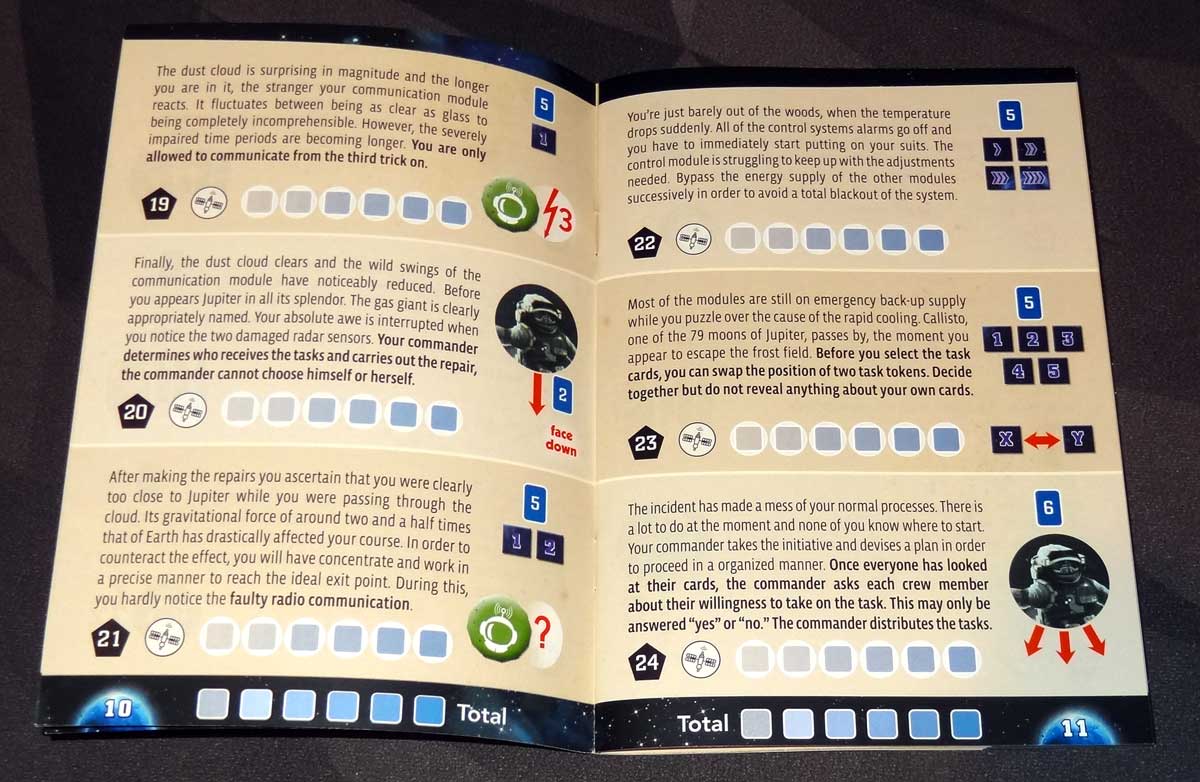
For each mission, you record the number of attempts it took you to complete each mission. (There are six boxes for each mission so that you can use the logbook for up to 6 different crews.) Your goal is to complete the entire journey with as few attempts as possible; I didn’t see any sort of scoring chart that rates your score.
2-Player Variant
For 2 players, during setup, you set the 4 rocket aside. Then you place 7 face-down cards in a row, with 7 face-up cards on top of them. Finally, shuffle the 4 rocket back into the deck and deal the rest out to the players.
The commander, in addition to starting the task selection and the first trick, is also responsible for JARVIS, the AI system represented by the 14 cards. When it is JARVIS’s turn, the commander selects a face-up card to play. Once a face-up card has been played (and the trick is finished), the face-down card below it is revealed and can be played on future turns.
The Crew: The Quest for Planet Nine is GeekDad Approved!
Why You Should Play The Crew: The Quest for Planet Nine
As I mentioned in my review of Time Chase, I grew up playing traditional card games, and one of my favorites was Spades. I remember playing it with my family at home and on long road trips, and I liked the way it challenged you to figure out what other players had in their hands and how you might play out your cards. The Crew takes that idea and turns it into an exercise in cooperation: can you all work together to figure out who has what cards, and then ensure that specific players win certain tricks?
The missions start off pretty simple, with just a few tasks to complete, and you’ll have 8 to 10 tricks to complete them (depending on player count). You might know that the commander needs to take the pink 9. Okay, how do you make that happen if you’re holding the pink 9 yourself? It depends on whether you have other pink cards in your hand that you could play so that you don’t win a trick that started with pink. Should you show everyone that you have the pink 9 so they know? Or is it better to tell them that you have only one yellow card, so then the commander could lead a yellow trick and you could dump the pink 9?
As you play, the missions get more complex: first, by adding more tasks to complete, but also by introducing some twists. Sometimes there are restrictions on communication: you can still show a card, but you can’t use your token to indicate whether it’s highest, lowest, or only; you can only communicate after the second trick; you can’t communicate at all. Sometimes there are interesting tweaks that don’t involve task cards: you must play out all the tricks, but nobody can win with a 9. Or each rocket must win one trick, in ascending order.
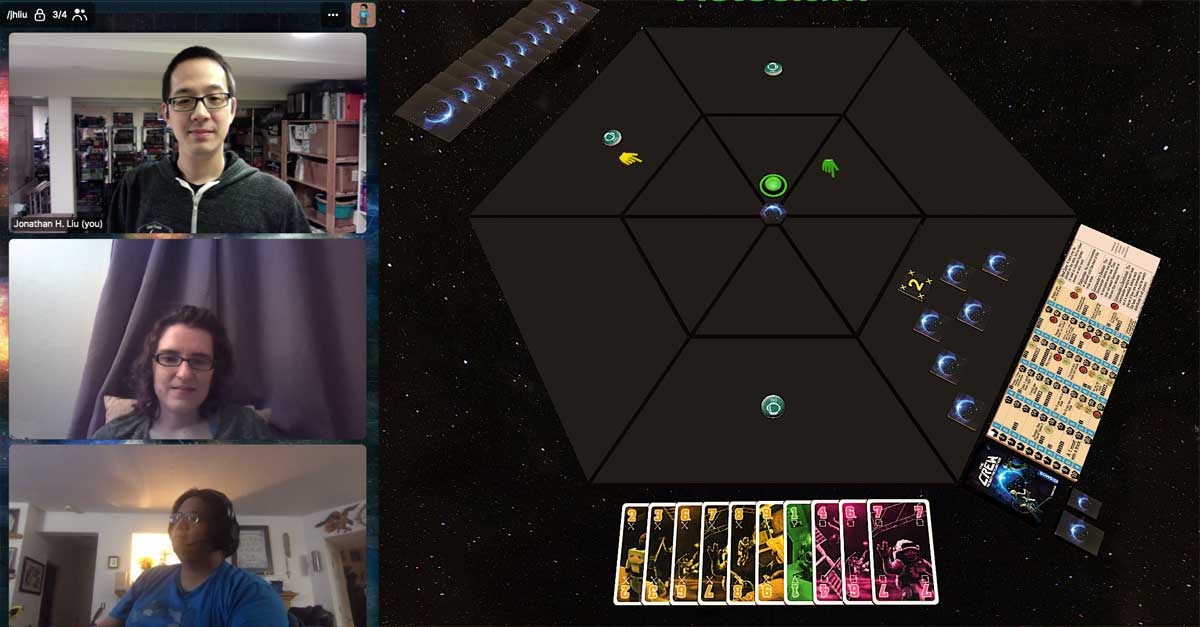
By the end of the campaign, there are missions that involve 8 to 10 tasks! You’ll have to figure out how to accomplish multiple tasks in a single trick. So far my group has only reached mission 33 and we’re eyeing the future missions with a bit of trepidation, but it’s been a lot of fun. The Crew won this year’s prestigious Kennerspiel des Jahres (the “Connoisseurs’ Game of the Year”) and it’s easy to see why: it’s a game that can be easily accessible to a broad audience and provides a depth of gameplay that is very engaging. It’s a thinky game, so it will appeal most to players who like working out puzzles.
What I like about The Crew is that it’s built on the traditional trick-taking rules, but changes the experience of it. It’s fully cooperative, but that doesn’t mean it’s easy. There are lots of tough decisions to make, from picking tasks to deciding when and what to communicate, to figuring out which color to lead with—every step of the way, there’s room for error that could compromise your mission. It is possible sometimes that a mission simply can’t be completed based on the way the cards were dealt and the tasks that were drawn, but usually, mission failure happens because somebody made a mistake somewhere. As you play through the missions with the same group of players, though, you start to get better at communication—like understanding what somebody is saying when they don’t communicate with their token. I like that the missions build on that shared experience, and you start to learn how the team thinks.
The logbook includes a story to go along with all of the missions: project NAUTILUS is a crewed mission to confirm the existence of this hypothesized planet. As you play each mission, there’s a little more of the narrative to read—you start with training missions as applicants, and then eventually launch into space. There are some loose ties between the story and the tasks, accounting for things like communication failures or the order that tasks need to be done. The narrative is not at all necessary to enjoy the game, but it’s been fun to read the story bit out loud before we embark on each new mission.
Because of the lockdown, I’ve been playing The Crew digitally on Tabletop Simulator. It works pretty well, but it does mean that I don’t have any good gameplay photos. I’m really looking forward to the day when I can sit down face-to-face with some friends and tackle these tasks!
For more information or to order a copy, visit the Thames & Kosmos website.
Click here to see all our tabletop game reviews.
![]() To subscribe to GeekDad’s tabletop gaming coverage, please copy this link and add it to your RSS reader.
To subscribe to GeekDad’s tabletop gaming coverage, please copy this link and add it to your RSS reader.
Disclosure: GeekDad received a copy of this game for review purposes.
